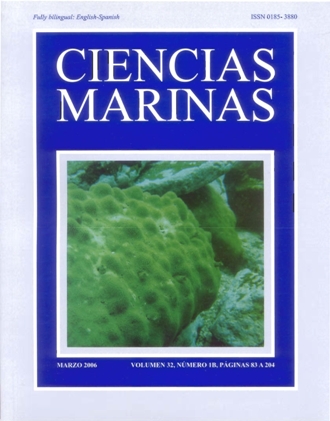Interlaboratory assessment of marine bioassays to evaluate the environmental quality of coastal sediments in Spain. III. Bioassay using embryos of the sea urchin Paracentrotus lividus
Main Article Content
Abstract
The present paper reports the results of an interlaboratory variability study of a bioassay using larval stages of the marine sea urchin Paracentrotus lividus. This exercise was developed in two different phases and included four laboratories, each of which determined the toxicity of six sediment samples. The samples were collected from different Spanish ports and were characterized by exposing sea urchin embryos for 48 h to sediment elutriates. Phase I was used to redesign test parameters and to avoid possible interfering factors when interpreting test results. Laboratories were more homogeneous in the classification of sediments according to the toxic responses in Phase II despite the high variability of the elutriate testing protocols. Based on our results, the test seems suitable to characterize dredged material, the interlaboratory variability being similar to that found for other bioassays in previous studies.
Downloads
Article Details
This is an open access article distributed under a Creative Commons Attribution 4.0 License, which allows you to share and adapt the work, as long as you give appropriate credit to the original author(s) and the source, provide a link to the Creative Commons license, and indicate if changes were made. Figures, tables and other elements in the article are included in the article’s CC BY 4.0 license, unless otherwise indicated. The journal title is protected by copyrights and not subject to this license. Full license deed can be viewed here.

